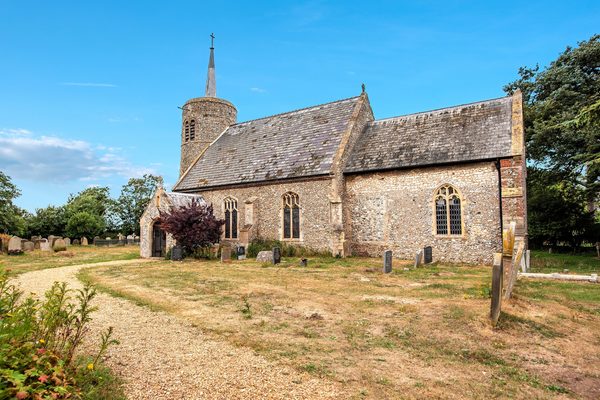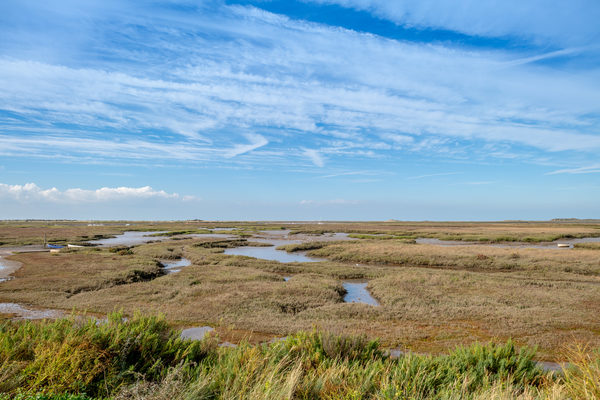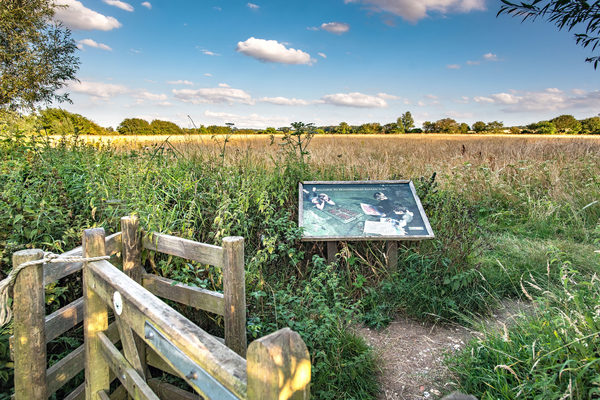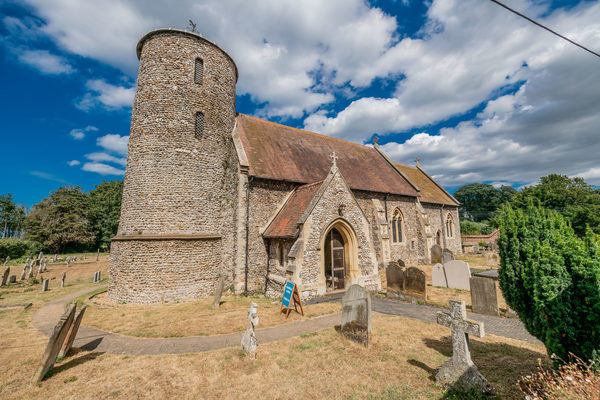Reedbeds are home to breeding bitterns, bearded tits and harriers. Fresh marsh lagoons are a motorway service station for migrating wading birds and wildfowl. Land, once farmed, has been reclaimed by the sea to form saltmarsh that is home to little egrets, water pipits and Chinese water deer.
Once part of Norfolk's sea defences, it is now home to resident and migrant seabirds and a plethora of marine life. In spring, quiet woodland copses are full of bird song. Listen out for Cetti's warblers, spotted flycatchers and the soulful purr of the turtledove.
The freshwater reedbeds are incredibly important for a wide variety of species including rare breeding birds such as bitterns, bearded tits and marsh harriers. Otters and water voles are also well established here. Ongoing management work in the reedbeds such as winter reed cutting helps to create and maintain a mosaic of habitats including reedbed edges and muddy margins that benefit these species.
The freshwater lagoon and islands are important habitats for other breeding species including avocets, black-headed gulls and Mediterranean gulls; as well as being vital for wintering wildfowl and wading birds. Subtle management of the water levels and control of vegetation are all part of making the fresh marsh so special.
Wild and windswept at times, our coastline has a great variety of wildlife. In the summer, ringed plovers breed within protective cordons and annual surveys monitor tiny dune tiger beetles. Other coastal habitats including saltmarsh, shingle and sand dunes are allowed to develop through natural processes and account for the changing landscape on this part of the reserve.
An easy walk leads from the car park through woodland glades to the Visitor Centre and Cafe. From here, the West Bank path opens up to wild landscapes of saltmarsh, reedbeds and freshwater lagoons fed by a natural spring and on to Titchwell's vast and undeveloped beach. The East Trail lends itself to quiet contemplation with outlooks across quiet pools full of wildlife. Secluded seating set amidst vistas of wildflowers and yellow gorse affords views of raptors scoping reedbeds and marsh for prey.








